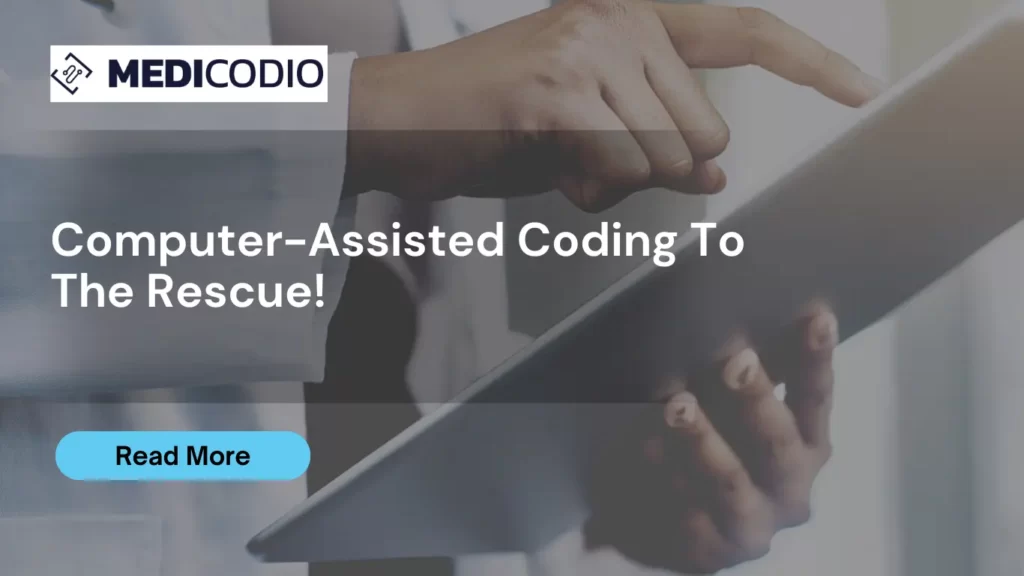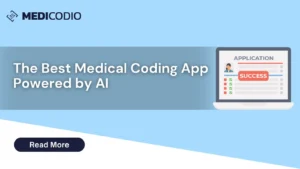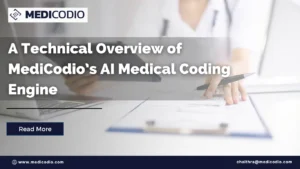Automation has revolutionized almost all walks of life, and the healthcare sector also reflects this change. While technological advances in treatment methods and newer drugs are a given constant, another key area in healthcare that has seen huge changes is medical coding. This field used to be an on-site, manual activity in hospitals wherein medical coders deciphered doctors’ handwritten medical notes about patients to enter relevant data into billing systems.
With the advent of computers, the internet, and associated technologies, medical coding did make strides in efficiency and scored more points than tedious manual processing. However, a lot of human hours did go into sifting through patient records for relevant keywords and making entries. Also, it did not eliminate the possibility of errors. Moreover, the healthcare industry also felt compelled to reduce expenses and increase operational efficiency in this field, with patient care always taking precedence.

Medical coding has existed in some form since the 1960s. However, it gained prominence due to the mass adoption of Electronic Health records(EHR). The 2015 transition to the ICD 10 standards was the tipping point in favor of this solution. The ICD 10 standards contained a huge number of codes and that made medical coding tedious and time-consuming. The sector was ripe for automation. Today, computer-assisted coding(CAC) is revolutionizing medical coding.
So, even though computer-assisted coding(CAC) took its time arriving on the scene, once it arrived the ensuing transformations were radical in nature.
What is CAC?
CAC is an innovative software solution that analyzes the input patient healthcare records to produce appropriate specific keywords known as medical codes. computer-assisted coding achieves it through Natural Language Processing(NLP), which is a branch of AI that helps computers understand human spoken words and text. The NLP helps identify the specific codes from the patient records.
These codes are based on specific guidelines and commonly include the following:
International Classification of Disease(ICD): The global standard to code health conditions, diseases, causes of death, etc., devised by the World Health Organization(WHO).
Current Procedure Terminology(CPT): A uniform coding language for doctors and healthcare professionals for outpatient services and processes.
Healthcare Common Procedure Coding System(HCPCS): A standard coding system that covers all products and services not covered under the CPT.
Benefits of CAC
Here are some of the significant benefits of computer-assisted coding.
Enhances productivity: CAC automatically picks up the codes and allows coders to review and accept the same, leading to high productivity. Also, the system learns on the go and improves over time. Thus, the accuracy of suggestions will improve over time to increase productivity.
Improves coding accuracy and consistency: The Machine Learning (ML) part of AI in CAC improves medical coding accuracy to ensure a reduction in claim denials. Also, it helps reduce discrepancies during the audit as it ensures consistency by following guidelines.
Elevates transparency: CAC validates the documents used for coding and assures traceability, leading to more process transparency.
Improves compliance: CAC assures good attention to detail and compliance standards. It provides healthcare professionals with easy visibility and access to data and ensures better tracking, documentation, and coding.
Ensures security: CAC ensures that the mandated confidentiality and security of patient healthcare records are maintained. It is made possible through relevant authentication and encryption policies, apart from compliance adherences like HIPAA.
Collectively, these benefits lead to better operational efficiency with reduced cost and time, making computer-assisted coding a much-needed elixir for the healthcare industry through intelligent automation of workflows. For medical coders, CAC is nothing short of a rescue act that can inspire confidence to deliver better consistently.





